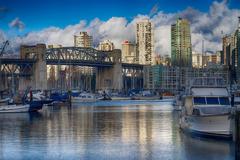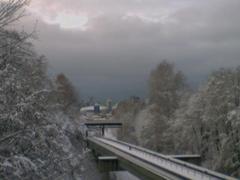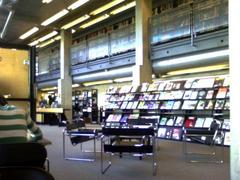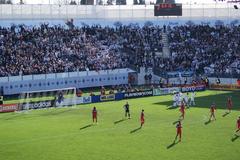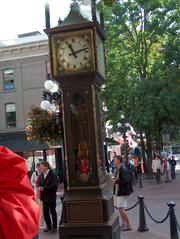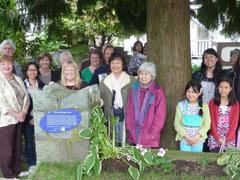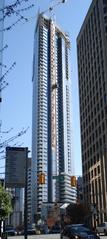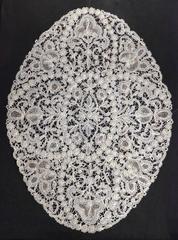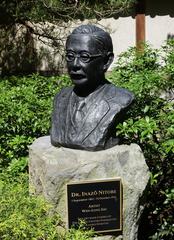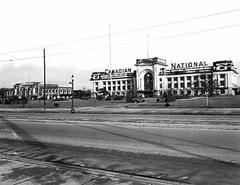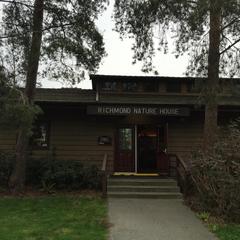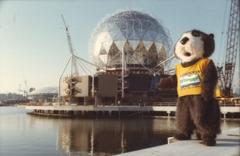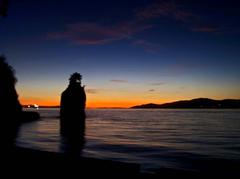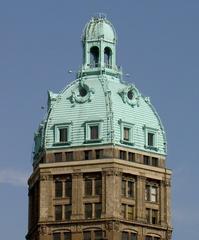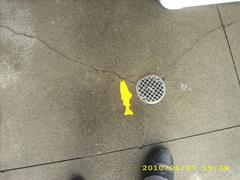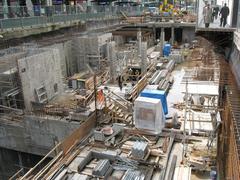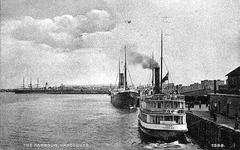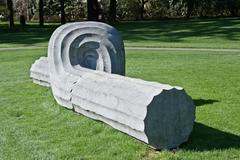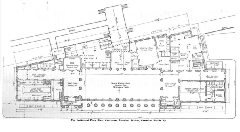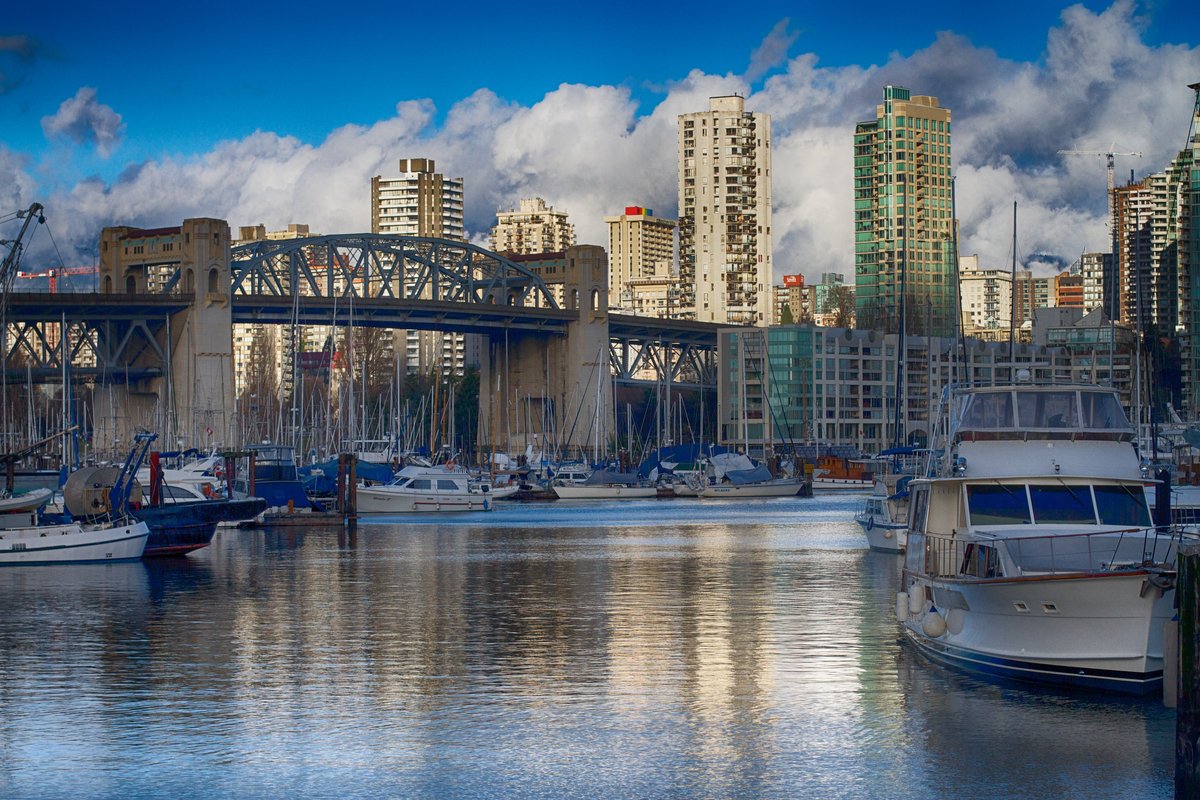
Visiting Burrard Street Bridge: History, Tips, and Visitor Info
Date: 20/07/2024
Introduction to Burrard Street Bridge
The Burrard Street Bridge is an iconic landmark that plays a significant role in Vancouver’s rich history and modern infrastructure. Completed in 1932, this bridge is a testament to the city’s architectural prowess and cultural heritage. The bridge connects downtown Vancouver to the southern parts of the city, facilitating better transportation and connectivity. Designed by engineer John R. Grant and architect George Lister Thornton Sharp, the bridge showcases distinctive Art Deco and Gothic Revival architecture, making it a subject of interest for both historians and architecture enthusiasts (City of Vancouver). Visitors to the Burrard Street Bridge can explore its historical significance, enjoy panoramic views of the city, and visit nearby attractions like Granville Island and Stanley Park. This guide aims to provide comprehensive information about the bridge’s history, visitor tips, and nearby attractions to ensure a memorable experience for all visitors.
Table of Contents
- [Introduction](#introductionintroduction-to-burrard-street-bridge)
- [History of Burrard Street Bridge](#history-of-burrard-street-bridgehistory-of-burrard-street-bridge)
- [Early Planning and Construction](#early-planning-and-constructionearly-planning-and-construction)
- [Architectural Significance](#architectural-significancearchitectural-significance)
- [Opening and Early Use](#opening-and-early-useopening-and-early-use)
- [Mid-20th Century Developments](#mid-20th-century-developmentsmid-20th-century-developments)
- [Preservation and Restoration Efforts](#preservation-and-restoration-effortspreservation-and-restoration-efforts)
- [Visitor Information](#visitor-informationvisitor-information)
- [Visiting Hours](#visiting-hoursvisiting-hours)
- [Ticket Prices](#ticket-pricesticket-prices)
- [Best Times to Visit](#best-times-to-visitbest-times-to-visit)
- [Travel Tips](#travel-tipstravel-tips)
- [How to Get There](#how-to-get-therehow-to-get-there)
- [Public Transport Options](#public-transport-optionspublic-transport-options)
- [Parking Information](#parking-informationparking-information)
- [Nearby Attractions](#nearby-attractionsnearby-attractions)
- [Other Historical Sites in Vancouver](#other-historical-sites-in-vancouverother-historical-sites-in-vancouver)
- [Restaurants and Cafes](#restaurants-and-cafesrestaurants-and-cafes)
- [Accessibility](#accessibilityaccessibility)
- [Pedestrian Walkways](#pedestrian-walkwayspedestrian-walkways)
- [Cycling Paths](#cycling-pathscycling-paths)
- [Wheelchair Access](#wheelchair-accesswheelchair-access)
- [Special Features](#special-featuresspecial-features)
- [Guided Tours](#guided-toursguided-tours)
- [Photographic Spots](#photographic-spotsphotographic-spots)
- [FAQ](#faqfaq)
- [Conclusion](#conclusionconclusion)
History of Burrard Street Bridge
Early Planning and Construction
The Burrard Street Bridge has a rich history that dates back to the early 20th century. The need for a bridge connecting downtown Vancouver to the southern parts of the city became evident as the population grew and urban development expanded. The initial planning for the bridge began in the 1920s, aimed at facilitating better transportation and connectivity.
Construction commenced in 1930 during the Great Depression, a period marked by economic hardship. Despite financial challenges, the project provided employment and stimulated the local economy. The bridge was designed by engineer John R. Grant and architect George Lister Thornton Sharp, who envisioned a structure that would serve a functional purpose and stand as a symbol of architectural beauty.
The construction process was arduous, involving innovative techniques and materials for the time. The bridge was built using reinforced concrete, a relatively new material in bridge construction, providing the necessary strength and durability. The total cost of the project was approximately $3 million, a significant investment during the economic downturn.
Architectural Significance
The Burrard Street Bridge is renowned for its distinctive Art Deco design, characterized by geometric shapes, bold lines, and decorative elements. The bridge’s towers are adorned with intricate details, including stylized motifs and sculptures reflecting the artistic trends of the era. The design also incorporates elements of Gothic Revival architecture, evident in the pointed arches and ornamental features.
One of the most striking aspects of the bridge is its dual functionality. In addition to serving as a transportation route, the bridge was designed to accommodate pedestrian walkways and viewing platforms. This dual-purpose design was innovative for its time and has contributed to the bridge’s enduring popularity among locals and tourists.
Opening and Early Use
The Burrard Street Bridge was officially opened on July 1, 1932, coinciding with Canada Day celebrations. The opening ceremony was a grand event, attended by thousands of Vancouver residents and dignitaries. The bridge quickly became a vital artery for the city, facilitating the movement of people and goods between downtown Vancouver and the southern neighborhoods.
In its early years, the bridge primarily served vehicular traffic, with streetcars also utilizing the structure. The inclusion of streetcar tracks reflected the importance of public transportation in the city’s development. The bridge’s capacity to handle multiple modes of transportation made it a critical component of Vancouver’s infrastructure.
Mid-20th Century Developments
As Vancouver continued to grow in the mid-20th century, the Burrard Street Bridge underwent several modifications to accommodate increasing traffic volumes. In the 1960s, the streetcar tracks were removed, and the bridge was reconfigured to provide additional lanes for automobiles. This change was part of a broader trend towards car-centric urban planning, which characterized much of North America during this period.
Despite these modifications, the bridge’s original design and architectural features were largely preserved. Efforts were made to maintain the aesthetic integrity of the structure, recognizing its historical and cultural significance. The bridge remained a beloved landmark, symbolizing the city’s growth and progress.
Preservation and Restoration Efforts
In the late 20th and early 21st centuries, the Burrard Street Bridge faced challenges related to aging infrastructure and increasing traffic demands. Concerns about the bridge’s structural integrity and safety prompted calls for restoration and preservation efforts. In response, the City of Vancouver initiated a series of rehabilitation projects aimed at extending the bridge’s lifespan and enhancing its functionality.
One of the most significant restoration efforts took place between 2015 and 2017. This project involved extensive repairs to the bridge’s concrete structure, the addition of seismic upgrades, and the installation of new lighting and safety features. The restoration also included improvements to the pedestrian and cycling pathways, reflecting the city’s commitment to promoting sustainable transportation options.
The preservation of the bridge’s historical and architectural elements was a key priority during the restoration process. Efforts were made to retain the original Art Deco features and decorative details, ensuring that the bridge’s unique character was preserved for future generations.
Visitor Information
Visiting Hours
The Burrard Street Bridge is accessible to visitors 24 hours a day, 7 days a week. However, for the best experience, it is recommended to visit during daylight hours when the views of the city and surrounding areas are most spectacular.
Ticket Prices
There is no admission fee to access the Burrard Street Bridge. It is a public structure and can be enjoyed freely by all visitors.
Best Times to Visit
The best times to visit the Burrard Street Bridge are during the early morning or late afternoon when the light is perfect for photography and the pedestrian traffic is lighter. Sunset views from the bridge are particularly stunning.
Travel Tips
How to Get There
The Burrard Street Bridge is located in downtown Vancouver, making it easily accessible by various modes of transportation. Visitors can reach the bridge by car, public transit, or even on foot if they are staying nearby.
Public Transport Options
Several bus routes service the area around the Burrard Street Bridge. The nearest SkyTrain station is Burrard Station, from which visitors can walk or take a short bus ride to the bridge. For more detailed information on public transit options, visit the TransLink website.
Parking Information
Parking can be found in the surrounding downtown area, though it may be limited during peak hours. Paid parking lots and street parking are available within walking distance of the bridge.
Nearby Attractions
Other Historical Sites in Vancouver
- Stanley Park: A sprawling urban park offering numerous trails, gardens, and scenic views.
- Granville Island: A vibrant area known for its public market, shops, and artisan studios. More details can be found on the Granville Island website.
- Gastown: Vancouver’s historic district, featuring cobblestone streets, unique shops, and the famous Steam Clock.
Restaurants and Cafes
- The Sandbar Seafood Restaurant: Located on Granville Island, offering fresh seafood and stunning views.
- Cactus Club Cafe: Situated near the bridge with a menu featuring local and international cuisine.
- Cafe Medina: Known for its brunch and Mediterranean-inspired dishes.
Accessibility
Pedestrian Walkways
The Burrard Street Bridge features wide pedestrian walkways, making it accessible for walkers and joggers. There are viewing platforms along the bridge that offer panoramic views of the city and waterfront.
Cycling Paths
Dedicated cycling paths are available on the bridge, ensuring a safe and enjoyable experience for cyclists.
Wheelchair Access
The bridge is wheelchair accessible, with ramps and smooth pathways that accommodate mobility devices.
Special Features
Guided Tours
Occasionally, guided tours of the bridge and its surroundings are offered by local historical societies and tour companies. These tours provide in-depth insights into the bridge’s history and architectural significance.
Photographic Spots
Some of the best photographic spots include the viewing platforms on the bridge itself and the areas near the bridge’s entrances, where visitors can capture the entire structure against the backdrop of Vancouver’s skyline.
FAQ
Q: What are the Burrard Street Bridge visiting hours?
A: The bridge is accessible 24/7, but it’s best to visit during daylight hours.
Q: Is there an admission fee for the Burrard Street Bridge?
A: No, the bridge is free to access.
Q: What are the best times to visit the Burrard Street Bridge?
A: Early morning or late afternoon for the best light and fewer crowds.
Q: How can I get to the Burrard Street Bridge?
A: The bridge is easily accessible by car, public transit, or on foot.
Q: Are there guided tours available?
A: Yes, occasionally guided tours are offered by local historical societies and tour companies.
Conclusion
The Burrard Street Bridge stands as a cherished landmark in Vancouver, embodying the city’s rich history and architectural beauty. Whether you’re a local or a visitor, the bridge offers a unique glimpse into Vancouver’s past and present. Don’t miss the opportunity to explore this iconic structure and enjoy the stunning views it provides.
For more detailed information on the Burrard Street Bridge, you can visit the City of Vancouver’s official website.
